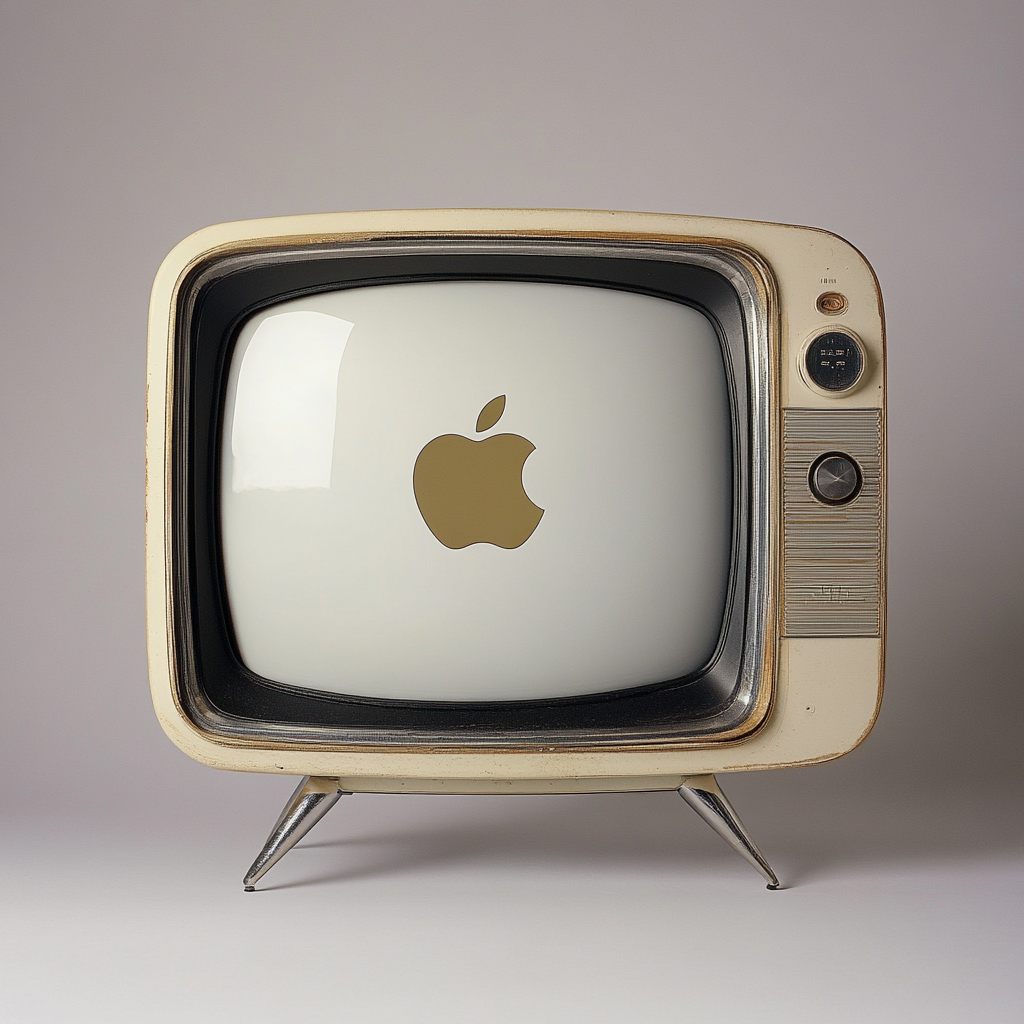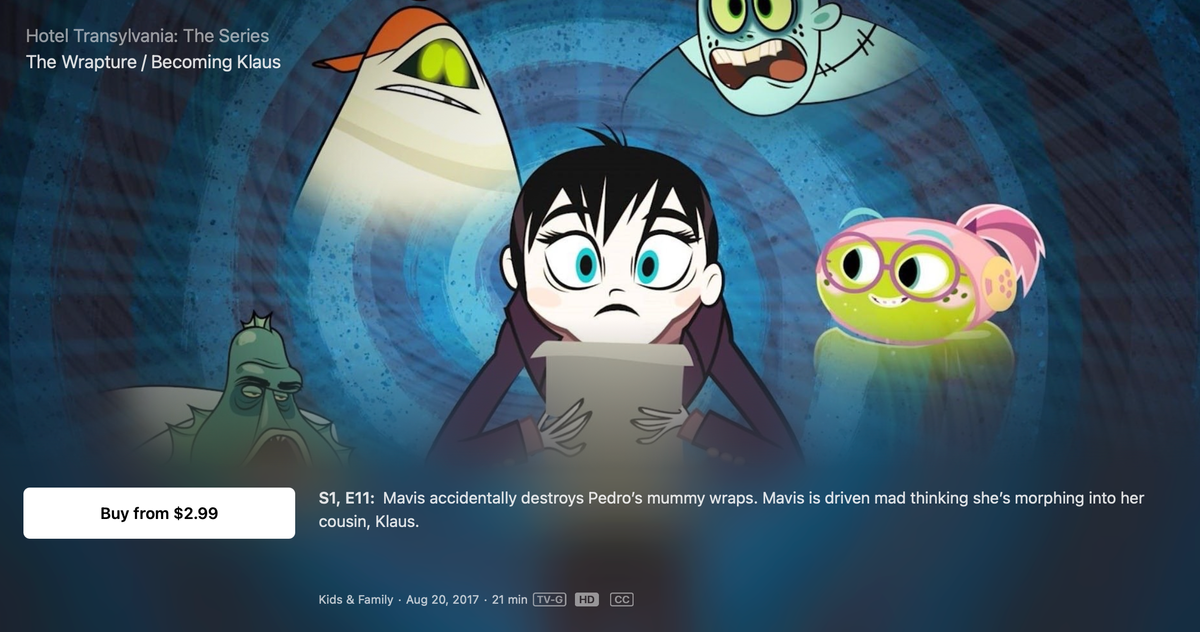"Just a Big iPad"

Following up on my post from last week wondering if and how Apple might actually "crack" the television set market,1 Mark Gurman has a couple new tidbits in his latest newsletter. First and foremost, while I wondered if such a newfangled TV might be a touchscreen – if, for nothing else, how children have been taught to interact with screens – that was, it seems, explored:
The idea was to make something with a huge display that could be nestled into a stand for TV viewing, but also serve as a touch-screen Mac or giant iPad if needed. It would have been a bit similar to the old-school Microsoft Surface (now known as the PixelSense) — something that could handle media, videoconferencing and even office work. At the height of Apple’s ambitions, it hoped the device would turn the industry on its head like the iPhone did years earlier.
Teams at Apple built full-scale prototypes, crafted user interfaces, and started to contemplate plans for manufacturing and the supply chain. Apple fans, meanwhile, had long anticipated that the company might make a TV set — prodded in part by comments from co-founder Steve Jobs.
Could you imagine a 60-inch iPad? Can you imagine how much Apple would have charged for such a device? $10,000? More? Vision Pro, eat your heart out.
That, however, was over a decade ago, it seems. And as Gurman notes, this was not the vision Jobs was talking about with his now famous "I finally cracked it" comment. So what was that?
Given the challenges, it was clear that Apple wasn’t going to replace Sharp, Sony, Samsung and LG in consumers’ living rooms. So the company pivoted to bringing some of the most promising ideas to a new version of its Apple TV set-top box. In 2015, it launched the first model with Siri control, a touch-pad remote, an App Store and the new tvOS operating system. Over time, Apple has added more features: The device now works with 4K televisions and supports FaceTime via an iPhone rear camera.
A year after the revamped box arrived, the company announced the Apple TV app. It was designed to offer a single place where users could tap into content from iTunes and third-party services. In addition to the Siri voice assistant, this is what Jobs was referencing when he said he nailed the future of TV. The app eventually became the home for the TV+ and Apple TV channels, where users can subscribe to video services a la carte.
This notion of a unified UI for Hollywood content has long been the assumption – certainly mine – of what Jobs meant. In no small part because of his follow-up statement that his solution would "have the simplest user interface you could imagine." It's unclear why it took Apple four years from the time of Jobs passing to ship such a solution, but the answer probably resides in just how incomplete it was and continues to be – a decade later.
That in no small part is the fault of Netflix, which refuses to play ball with any "unified" UI system controlled by another party. But really, it's that all of content distribution is far more mature and robust than it was when Apple – and really, Jobs himself – was able to bend the music industry to their will. In the age of Napster, the music industry needed Apple. Thanks in no small part to the rise of streaming – first music and then video – piracy never became as big of an issue with Hollywood.
Still, the current situation is far from ideal. With all of our video content fragmented across dozens of services. Apple TV, Roku, and others – shout out to all the Plex fans out there who emailed after my last post! – have tried to unify this content through UI, but again, it's not as seamless as it should be. That's why I made the case a few months back, following Google unveiling yet another set top box, that what we need for the space is not another iPod, but an iTunes.2 And that, you have to imagine, is what Jobs wanted to build.
Imagine a streaming service where everything is handled by Apple. You might still pay Disney and Netflix and the like, but you do so through Apple's rails. And the content resides on Apple's servers to stream, just as was the case with iTunes. The UI is completely unified. Everything searchable, save-able, one-click-playable. It just works. With your voice too! Boom.
Alas, Jobs left this world shortly after his "cracked it" comment. And while he may or may not have been able to push such a dream into reality, no one would have bet against him.3 Miss that guy.




1 And just to reiterate, for the record, I don't think Apple will end up making a television. For all the obvious margin reasons as to why it hasn't make a television to date. But there are caveats... as I wrote last week:
...my bet would be that the only way some product along these lines ever sees daylight is if there's some major breakthrough in screen technology, such that it rolls up or disappears or the like. For Apple to enter this space, especially now, they'd have to do something new, interesting, and undoubtedly expensive. Then again, it is a company that still seems fixated on what Steve Jobs wanted. And he clearly wanted a television...
2 Gurman's notion of an Apple TV streaming stick -- something Apple also clearly must have explored in the past -- arguably makes more sense now in their world of Services. But it's worth noting that Google is going the other way: from the stick-ish Chromecast to a Google TV box. Of course, they started with a Google TV box and then went to the Chromecast. Google does a lot of strange things.
3 Interesting to ponder if Apple would have gone down the streaming content production route with such a plan... Even under Jobs -- current headaches aside -- it was probably inevitable. In some ways, I thought this might pressure Netflix and the like to play ball because Apple's own content would be surfaced so seamlessly. Sort of like when Apple used to strike deals with Disney to show the other content providers how it should be done and force them to get in line. Unfortunately, the Apple TV (box) never became a big enough player to force anyone to do anything...



